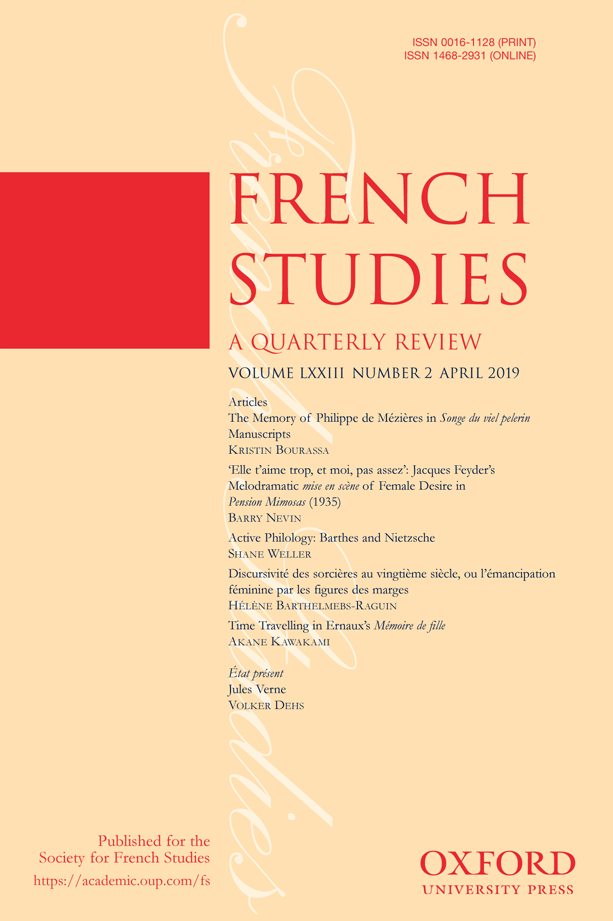

Whatever form film culture will take after a global pandemic hastens the ongoing re-shaping of movie media and the West comes to terms with seemingly seismic shifts in identity politics and representation on the one hand and Brexit’s ramifications on the other, Jean Renoir remains for now a vibrant part of it. That’s a long-winded way of saying that it’s been a long while since the last post on this site. And also that Renoir remains just as keenly watched and studied in the time that has passed. The first jobs of catch-up, therefore, involve sharing details of recent publications.
First of all, I’m indebted to Barry Nevin for first drawing my attention to the February publication of Colin Davis’ Silent Renoir: Philosophy and the Interpretation of Early Film by Palgrave Macmillan. It is Davis’ third study of the director and represents the first book devoted entirely to Renoir’early, pre-talkie work, as negotiatied via Heidegger and Plato, to name two of the philosophical undercurrents. The publisher’s description reads as follows:
Jean Renoir (1894-1979) is widely regarded as one of the most distinguished directors in the history of world cinema. In the 1930s he directed a string of films which stretched the formal, intellectual, political and aesthetic boundaries of the art form, including works such as Le Crime de Monsieur Lange, La Grande Illusion, La Bête humaine and La Règle du jeu. However, the great director’s early work from the 1920s remains almost completely unknown, even to film specialists. If it is discussed at all, it is often seen to be of interest only insofar as it anticipates themes and techniques perfected in the later masterpieces. Renoir’s films of the 1920s were sometimes unfinished, commercially unsuccessful, or unreleased at the time of their production. This book argues that to regard them merely as prefigurations of later achievements entails a failure to view them on their own terms, as searching, unsettled experiments in the meaning and potential of film art.
Amazon link
Publisher’s page
Those who are French readers will also be interested in the first dedicated Jean Renoir dictionary, written by Philippe De vita and running to 459 pages. It was published in September 2020 as Dictionnaire Jean Renoir – Du cinéaste à l’écrivain by Honoré Champion, and the publisher’s blurb, roughly translated, states of Renoir that ‘we forget that his career was not limited to cinema and that it was always imbued with writing, the foremost being that of his meticulously crafted scenarios. He also cultivated a wide correspondence, archived from the forties when it acquired an existential importance during his exile in the United States. It allows us to read the stories behind the making of particualr films, and also provides an insight into various conversations. The chronology of the letters is replaced by the alphabetical order which makes it possible to juxtapose and connect the works he authored, the people from his inner circle or from his background with whom he corresponded, and finally some important themes. Thanks to more than one hundred and twenty entries, the career of a man who gradually turned to writing emerges, writing plays, a biography of his father, several novels … His correspondence, archived from forties, served as a workshop to allow him to practice writing.’
Amazon information







 Barry Nevin’s Cracking Gilles Deleuze’s Crystal: Narrative Space-Time in the Films of Jean Renoir, whose paperback edition is due to be published in February 2020, was
Barry Nevin’s Cracking Gilles Deleuze’s Crystal: Narrative Space-Time in the Films of Jean Renoir, whose paperback edition is due to be published in February 2020, was 


